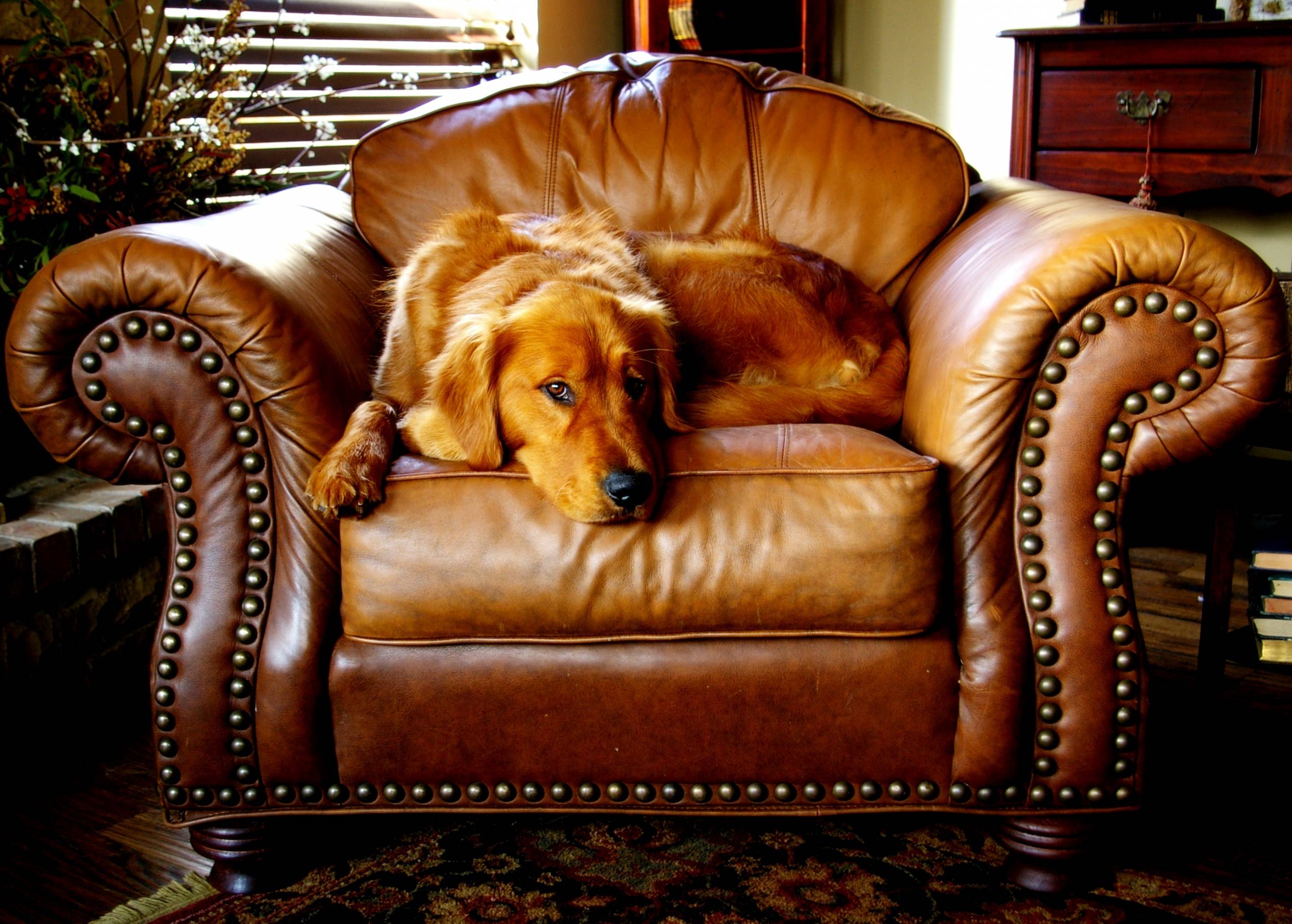Disciplining a dog is an essential aspect of responsible pet ownership. It involves teaching your dog the difference between acceptable and unacceptable behaviors while fostering a positive environment. Effective discipline can lead to a well-adjusted pet and a harmonious household.
Consistency and Clarity
At the core of dog discipline is the importance of consistency. Dogs thrive on routine and are more likely to respond positively when they clearly understand the rules and the consequences of their actions. Establish clear boundaries for acceptable behavior and enforce these rules consistently. If jumping on people is off-limits, be firm every time your dog attempts it, redirecting them to a more appropriate behavior, such as sitting. Inconsistency leads to confusion.
The Power of Positive Reinforcement
Emphasizing positive reinforcement can significantly enhance training efforts. Rewarding good behavior rather than punishing bad behavior fosters a stronger bond between you and your dog. When your dog behaves appropriately, offer praise, treats, or playtime as rewards. For example, if your dog remains calm when guests arrive, reward them with a treat. This approach encourages them to repeat desired behaviors.
Timeliness in Responses
The timing of your responses is crucial in dog training. Dogs have short attention spans, and a delayed reaction can disconnect your disapproval from their actions. If you catch your dog misbehaving, such as chewing on furniture, address it immediately with a firm “no” and redirect them to an appropriate toy. This immediate feedback clarifies what behavior is undesirable.
Avoiding Harsh Discipline
Physical punishment is counterproductive and can lead to fear and anxiety. Hitting, yelling, or using shock collars can damage the trust between you and your dog. Instead of fostering respect and obedience, harsh discipline can result in more behavioral issues. Building a foundation of trust through positive reinforcement and gentle redirection is essential.
Reading Body Language
Understanding your dog’s body language can improve your ability to address behavioral issues effectively. Dogs primarily communicate through their bodies, and being aware of their signals can help you intervene before problems escalate. If your dog shows signs of anxiety, such as cowering or tucking their tail, provide a calm and safe environment rather than resorting to punishment.
Importance of Socialization
Socialization is another critical aspect of discipline. Exposing your dog to various environments, people, and other animals helps them learn appropriate behaviors in different situations. A well-socialized dog is less likely to exhibit fear-based behaviors, such as aggression or excessive barking. Positive interactions should begin early but can still be beneficial at any age.
Regular Training Sessions
Incorporate training sessions into your dog’s routine. Short, consistent sessions are often more effective than infrequent, lengthy ones. Keep training engaging and fun, using playtime and treats to motivate your dog. Training is not solely about discipline; it also serves as an opportunity to strengthen your bond.
Seeking Professional Help
If undesirable behaviors persist, consider consulting a professional dog trainer or behaviorist. They can offer tailored guidance and identify underlying issues, such as anxiety or health problems, contributing to behavioral challenges. A professional can create a plan addressing your dog’s specific needs.
Patience in the Process
Patience is vital throughout the training journey. Dogs may take time to learn new behaviors, and setbacks are natural. Remaining calm and composed, even when faced with challenges, is essential. Building a well-behaved dog is a journey that requires dedication and understanding. Celebrate small victories along the way and be willing to adjust your methods if necessary.
Providing Mental and Physical Stimulation
Ensuring your dog receives ample physical and mental stimulation is crucial. Boredom can lead to destructive behaviors, so providing outlets for your dog’s energy is necessary. Regular exercise, interactive toys, and puzzle games can keep your dog engaged and reduce undesirable behaviors. A tired dog is often a well-behaved dog.
Empathy in Training
Consider the importance of empathy as you navigate discipline. Dogs have their own emotions and experiences, and understanding their perspective can enhance your training effectiveness. If your dog acts out, identify any underlying causes, such as stress or discomfort, and address these issues to create a positive environment.
Establishing a Routine
A structured daily routine can greatly aid in discipline. Dogs thrive on predictability, and having a consistent schedule helps them understand what to expect. This predictability can reduce anxiety and make them more receptive to training.
Fostering Understanding and Respect
The ultimate goal of discipline is to foster understanding and respect, not fear or anxiety. Focus on teaching your dog the correct behaviors instead of merely punishing mistakes. By establishing clear boundaries and emphasizing positive reinforcement, you can create a safe, loving environment for your dog to learn and grow.
Tailoring Your Approach
Every dog is unique, and effective training requires adapting your methods to fit your dog’s personality and needs. Pay attention to your dog’s reactions, and adjust your training techniques accordingly.
Creating a Positive Environment
Your tone of voice, body language, and overall demeanor significantly impact how your dog perceives discipline. Approach training with enthusiasm and positivity, celebrating successes, no matter how small. This reinforcement encourages continued good behavior and fosters an eagerness to learn.
Building a Strong Partnership
Disciplining a dog is not a one-size-fits-all process. It demands patience, consistency, and adaptability. By emphasizing positive reinforcement, clear boundaries, and empathy, you can cultivate a well-behaved companion. Each step taken in this journey strengthens the bond with your furry friend, leading to a rewarding relationship.



